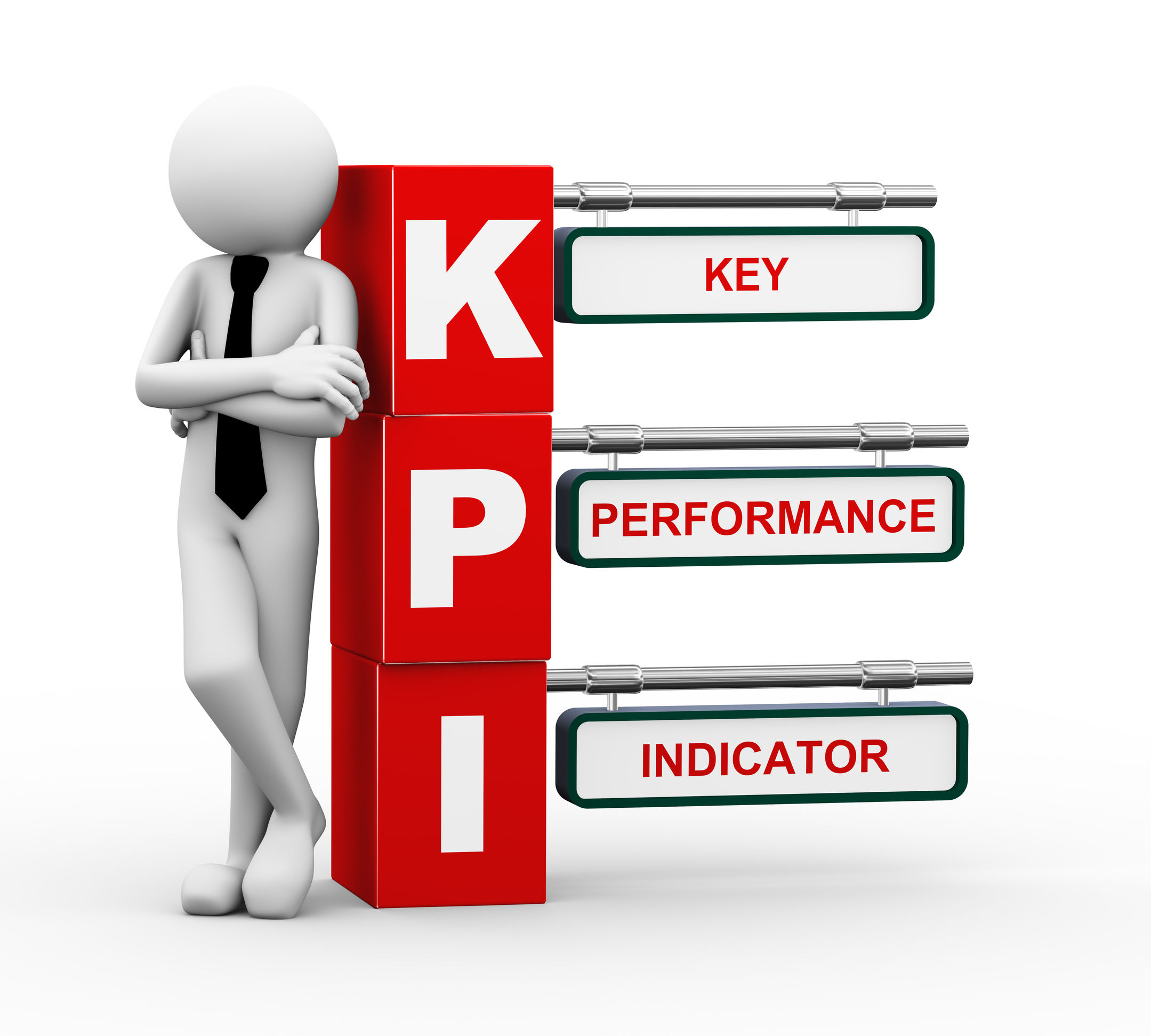Choosing the right KPIs, or Key Performance Indicators, to manage your Amazon FBA business is an important decision, ideally one that would be done in the early phases of your initial business launch. As with most best practices, however, it’s never too late.
KPIs give you quick, insightful info into the health of your enterprise. Identifying which metrics to monitor is the first step, and depends most on your priorities, though certain standards will apply in virtually every case.
How do you define your KPIs?
Here we take a look at some suggestions for determining the best for your business. We’ll also give you our suggestions based on our own experience; the “Fantastic Four”, if you will, of Key Performance Indicators.
It starts with a question.
What Do I Want To Know?
Sounds simple. And perhaps a bit open-ended. But that’s the general idea:
Imagine you could ask a magical assistant to fetch you any bit, or bits, of data. What would you want to see? What would most clarify how you’re doing?
Simple as it sounds, that’s a great place to start.
For example, if your business were a living being (and in many ways it is), you’d probably want to know heart rate. Blood pressure. Oxygen conversion. On the other hand, you might or might not want to know things like weight or bone density. Those things are important, but they may not be the sort of at-a-glance info you want to see in order to quickly assess the current state of your business.
Or they might.
And these are the questions you want to ask. More often than not you’ll also want to see your selections as compared to prior periods, in order to get a reference for where you’re at currently and how the business is performing.
Periodicity
Comparisons over time are what really give you the best gauge of how you’re doing.
“My business has a profit of $100K this month.”
Great. Or … at least, it sounds great. If you’re BMW maybe that’s not so great.
To that end being able to see comparative ranges over given periods of time is a key part of any KPI selection. This gives you insight into trends — which is the real value in any comparison. You’re less concerned with the raw numbers, more concerned with how you’re doing currently in relation to how you were doing before.
As well, the period of time you choose to monitor. Is one month the right range for the selected KPI? A month is a good, general period, as that’s the range over which many payouts, receipts and other activities occur.
Maybe two week ranges are better. Typically longer ranges are not the best selection periods for KPIs, as your goal is to monitor the health of your business in action, giving you time to make adjustments and move it in the direction of expansion.
Keep that in mind when choosing your periodicity.
Give It Some Thought
Some potential KPIs seem more obvious than others. It’s true, things like revenue, quantity sold and other important stats are excellent candidates for consideration, but is it more important to know your profit? Your inventory levels?
Profit may be a better quick-check of the health of your business. Revenue is great, it’s the lifeblood that fuels your business, but if every drop of blood is being expended to keep the machine running …
That’s not very healthy, right?
And so profit may be a better at-a-glance metric for your needs. Again, that will be up to you.
Give it some thought. Maybe knowing your inventory levels is more vital day to day than how many units you’ve sold. Certainly quantity sold is important, but would you rather know how much you’ve got on hand to sell?
Not to say you can’t choose to monitor both. Or all. You certainly can.
But the idea with KPIs is to not crowd your attention. With KPIs your goal is to quickly, easily get that critical snapshot of the health of your business. One you can act on; one that shows you how you’re doing, and where to direct your attention.
To do that you need KPIs that reflect what you need to know.
So, what do we recommend?
The Fantastic Four of KPIs
Multiple metrics could be named KPIs and monitored routinely to check your corporate health. From years of evaluation and working with thousands of Amazon sellers, we’ve isolated four (4) as the most effective overall, and present these here as the best indicators of how your Amazon business is doing.
The KPI statistics we recommend you use are:
- Sessions
- Conversion Percentage
- Profit
- Average Review
Tracking trends for these four metrics gives a good indication of the real-time health of your Amazon business.
Sessions and Conversion Percentage show traffic to your Amazon listings and how well those listings are turning into sales.
Profit shows the profitability of the account, and Average Review gives an indication of how the products are doing in terms of customer response.
These four metrics have been shown to be key for taking the pulse of your Amazon business.
In Closing
There you have it, a few tips for helping you define your business KPIs, plus our own, personal recommendations. We service Amazon sellers exclusively, and therefore have a ton of insight from which to draw.
Every business is unique. Hopefully we’ve gotten you started thinking about how to define yours. Once you’ve done that you’ll need to find out where the data lives to gather it, sort it, group it and begin planning how to build the dashboard that will become your central, easy, clear, at-a-glance control point where you can clearly oversee and manage your Amazon FBA business.
Of course, we are ManageByStats, which means business dashboards, KPIs, stats, operational metrics and analytics are precisely what we do.
If you’re not already a user, give us a look.
To your success.
Your ManageByStats Team





